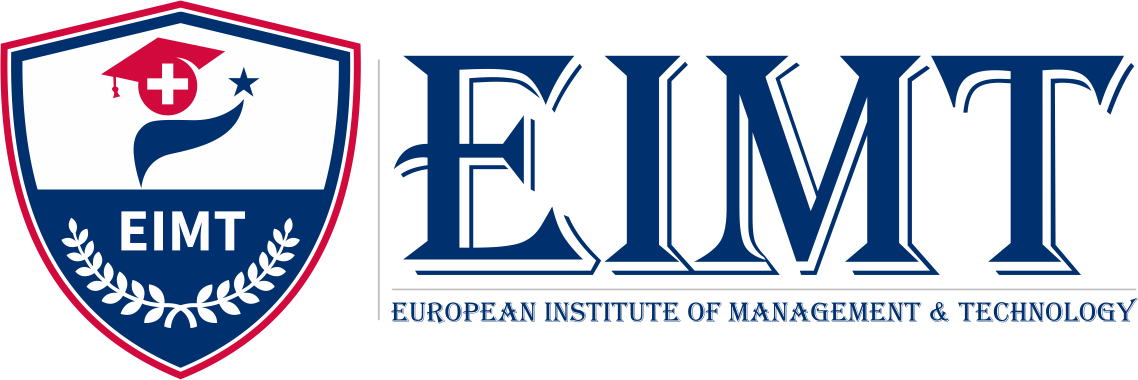
Program Overview
Do you have a bachelor's degree and want to pursue a career in computer science? However, compared to a postgraduate degree in computer science, which will aid you in accomplishing the computer objective that you have set for yourself. In all sectors, including business and information technology, computer science is becoming increasingly vital. There are numerous parts to computer theory, and taking a professional education is essential if you want to do anything with computers. If you have a bachelor's degree in computer science, you can enroll in a postgraduate computer science program that will teach you about a variety of computer science concepts.
Salient Features
-
12 Months online Program.
-
Specially Designed for Working Professionals
-
International Networking Opportunities.
-
Highly Qualified Industry Experienced Faculties.
-
Discover the latest technologyand industry trends.
Achieve Your Dream
Postgraduate Diploma in Computer Science (PGDCS)
Increase Other Abilities: During this program, a candidate will develop a variety of communication and public speaking skills that will assist them in completing a project and professionally dealing with clients.
